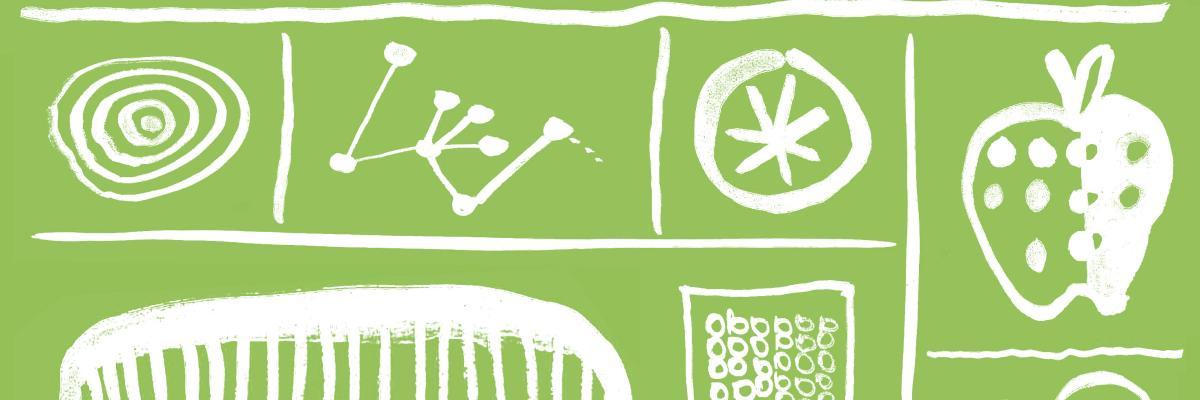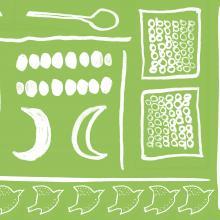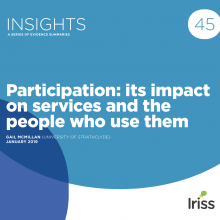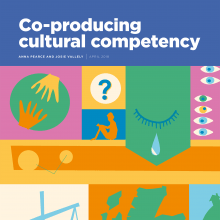What is co-production?
Co-production is a way of working with, rather than doing to, people and communities to achieve better outcomes. The concept emerged in the 1970s when Nobel prize winner for economics, Elinor Ostrom, coined the term ‘co-production’ in studies about the Chicago police to express what she viewed as the lack of close involvement or connection on behalf of the force (Boyle and Harris, 2009).
Boyle and Harris assert that co-production is central to growing the ‘core economy’ and that it encourages equal partnership as opposed to just ‘service user involvement’ or ‘citizen engagement’. The ‘core economy’ or operating system comprises family, neighbourhood, community and civil society. This marries with the sentiments of a 2013 definition of co-production as ‘…professionals and citizens making better use of each other’s assets, resources and contributions to achieve better outcomes or improved efficiency’. The expertise of the professional is partnered with the lived experience of the person.
Why use co-production?
Co-production is used to effect change in services that depends on knowledge and skills from a number of people, where each member of the team has the experience and knowledge required in order to come to a solution (Durose and colleagues, 2017). It results in more effective and sustainable services, informed and designed by the partnership of professionals and citizens.
What are the principles?
Nesta (2012) developed a set of six principles that underpin co-production.
- Assets – people are viewed as equal partners in the design and delivery of services
- Capacity – people are empowered to use their skills and knowledge
- Mutuality – there are mutual responsibilities and expectations of those involved
- Networks – peer and personal networks are called on in the process
- Blur roles – tightly defined boundaries between those involved are removed
- Catalysts – public service agencies become facilitators rather than central providers
What does this mean for me?
Matilda Alexander Hallworth, Project Coordinator, Govan Community Project
The Govan Community Project provides direct services such as weekly drop-ins, advice, events, information and advocacy. It also brings together public, voluntary and community organisations with local people to help plan public services, promote equal rights and opportunities, and cross-cultural understanding.
The PAR (Participatory Action Research) project met once a week to talk, discover and plan around things that were important to them. PAR is based around the idea that anyone who is affected by something is a key stakeholder in building solutions to that problem, and has the skills and unique insight to research it themselves, and not only that, but act on it too. Apart from myself, the group was made up of people who had lived experience of the asylum system and who were all People of Colour. The group carried out research into what issues affect people in Govan who are going through the asylum process. This work involved peer education workshops to teach, gain support and learn from members.
The principles of co-production underpin the design and development of the project, and I was drawn to the Iriss co-production planner when looking for resources to aid the process.It confirmed some things I had been thinking about, such as how to tackle power dynamics, as well as aiding me to think through things I had been unsure of, such as ‘process’ and how to order things. Day-to-day, the resources help to shape and inspire sessions.
The co-production approach supports navigating tricky conversations and inspires the growth of ideas. For example, because of their lived experience, group members sometimes struggled to talk about subjects without getting bogged down in negative personal experiences. Inspired by the planner, we created fictional characters seeking asylum in the UK, named Alpha and Omega, to help us talk through some of the difficulties faced while also maintaining objectivity. It ensured everyone was heard and could work through daunting challenges as a group.
Guides and information
Co-production project planner, Iriss.





